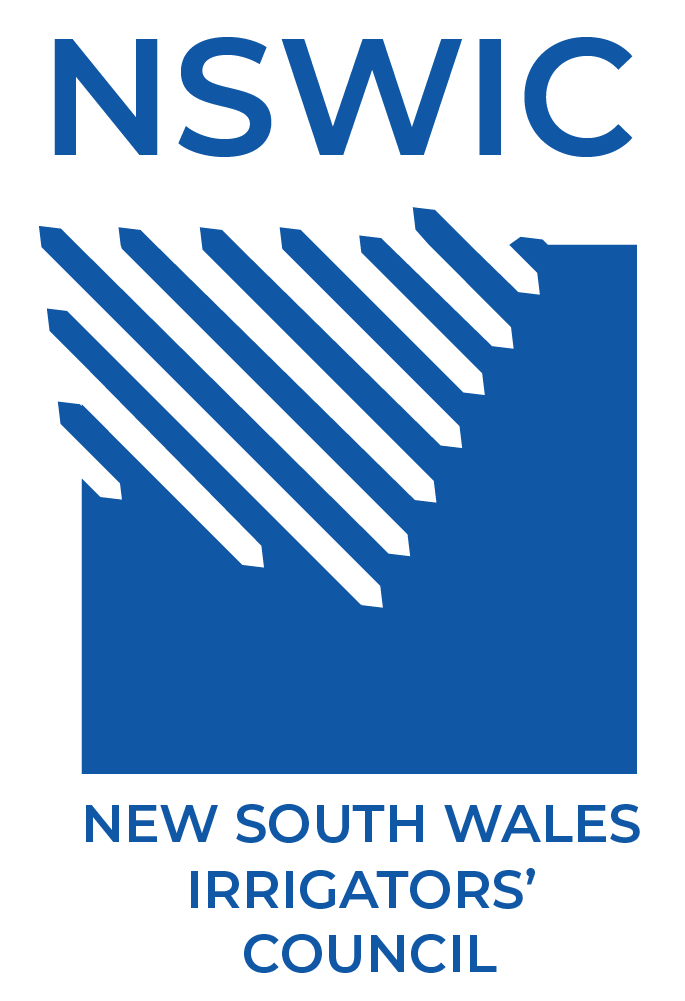Allocations & Water Security
Allocations & Water Security
NSWIC aims to protect water security for farmers in NSW – this primarily means protecting the reliability of water access.
The amount of water actually allocated to water licences is not fixed, but varies continuously. Water allocations are based on a range of factors such as the physical amounts of water available, the forecast amounts of water predicted to be available from further inflows, and whether high priority users (such as town water supply and the environment) have had their needs met.
Water allocations are based on a hierarchy of priority of users. During normal circumstances, this hierarchy is:
- Needs of the environment
- Basic landholder rights
- Stock and domestic access, local water utilities, major utilities
- High security access licences (used for irrigation, typically of permanent plantings like vineyards or orchards).
- Other access licences (used for irrigation, typically of annual crops like cotton or rice).
During extreme events (like droughts), there are some changes to this hierarchy, such as the prioritisation of critical human water needs (for drinking water, hygiene, etc) above all else.
At all times, irrigation is at the bottom of the hierarchy. This means irrigators only get what water is leftover after all other needs have been met, if any water is leftover at all.
With this allocation system, despite having a licence for 10mg/L (for example), the water licence holder will only receive a share of water depending on how much trickles down the hierarchy. In a wet year, the licence holder may receive a 100% allocation (therefore, 10mg/L); in a drier year, the licence holder may receive a 50% allocation (therefore, 5mg/L); or in an extremely dry year there may be no water left to trickle down to their licence category, and so they receive a 0% allocation (therefore, 0mg/L) – and their licence is effectively switched off.
In NSW, there is a long term trend of decreasing volumes of water actually allocated to water licenses. For example, NSW Murray General Security licence holders were allocated, on average, 81% of their licence volume before the Millennium Drought – but their licence reliability is now around 48%. In the Namoi valley in the northern Basin, General Security reliability has similarly declined from 77% to around 39%.
Climate change is a large driver of this, with two of the worst droughts on record experienced in the past two-decades, leaving no (or very little) water leftover for irrigators. This allocation system means that water access for irrigation automatically responds to the climate and water availability. Large parts of the industry (i.e. annual crops) can be considered dormant during dry times, and become active again in wet times. This is why annual crops like cotton and rice are commonly grown in Australia, because they can be grown when wet, and not when dry.
However, there are also a number of policy drivers which continue to erode licence reliability. NSWIC is undertaking a work program to crack open the water allocation ‘blackbox’ and identify the drivers of eroding water licence reliability.
This same allocation system applies to water licences which have been bought back from irrigators for environmental water holders (noting that ‘Held Environmental Water’ on licences is in addition to the river water, known as Planned Environmental Water which makes up the bulk of water).

